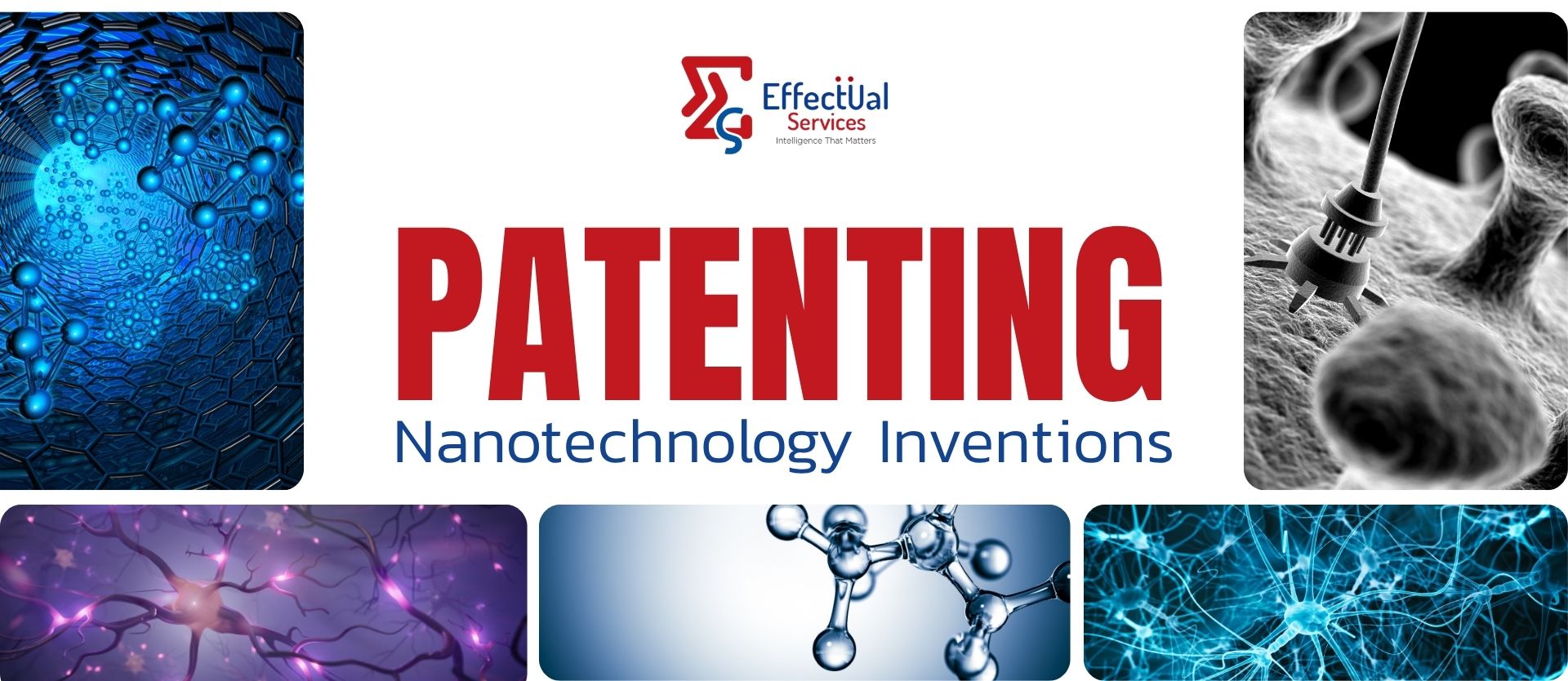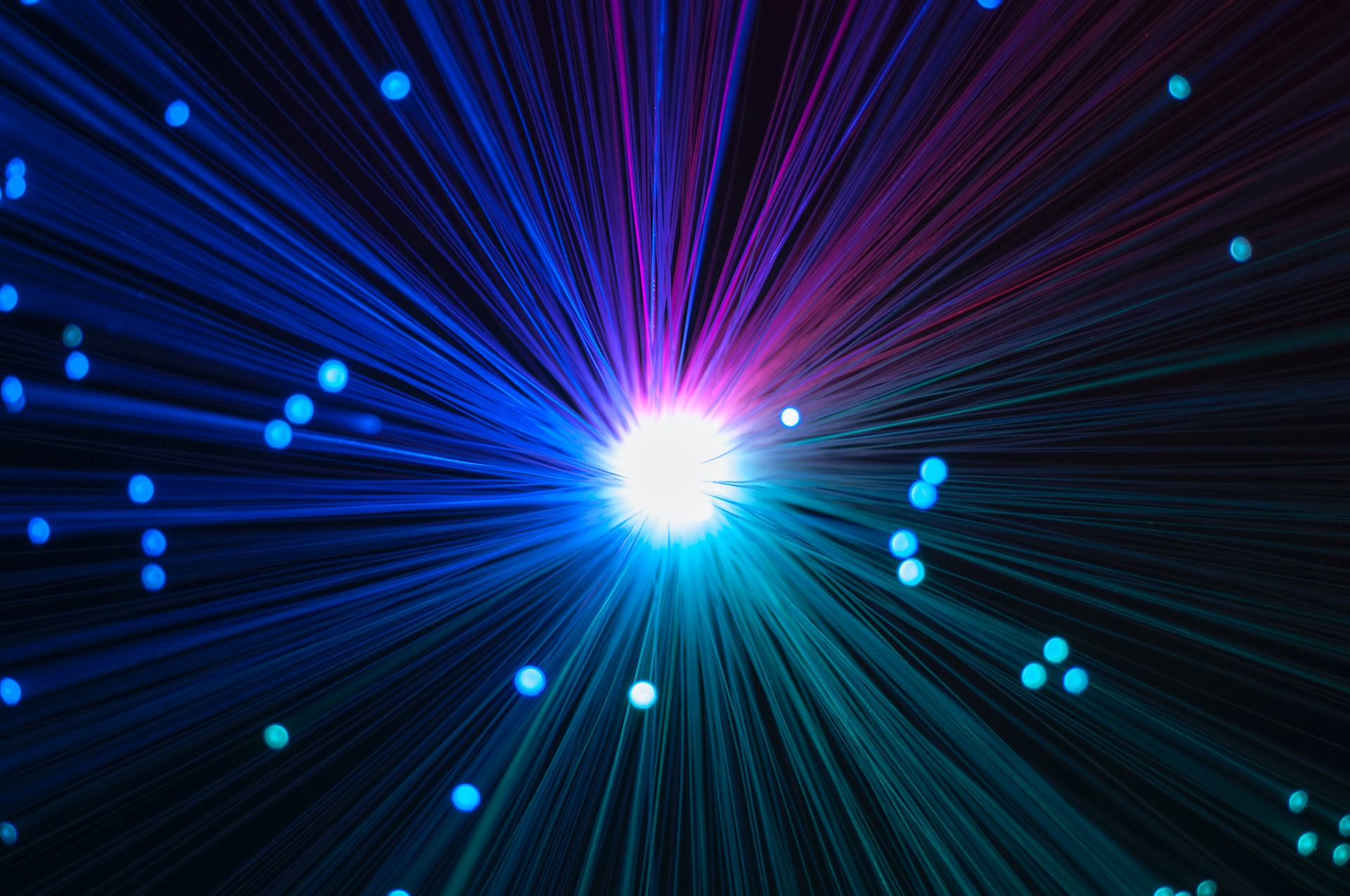Patenting Nanotechnology Inventions

The branch of science which deals with particles or we can say study of matter at nanoscale. This explain how changing the properties of atoms and molecules can alter the properties of molecules. One nanometer is one billionth of one meter.
Advantages
- Nanotechnology has beneficial application for medicine and the environment. In medicines, nanoparticles can be engineered to target specific cells or tissues for delivering drugs more effectively.
- Nanotechnology helps in developing advanced imaging techniques like MRI and CT scans.
- Nanotechnology can be used to repair and regenerate damaged tissues.
- Nanotechnology helps in reducing pollution including cleaner air and water.
Need of Patenting Nanotechnology Inventions
In the field of Nanotechnology, patents play a critical role in protecting inventors’ rights and encouraging investment. Patents also serve as a source of information for the public. Patents help inventors commercialize and fostering further research.
Defining Nanotechnology for Patent Purposes
- Define if the invention qualifies as "Nanotechnology"
- No universal definition exists in the patent system
- Patent offices focus on structures under 100 nanometers
- Emphasis on unique properties at the nanoscale
Disclosure and Related Requirements
The patent application should disclose the invention sufficient detail.
- Patenting nanotech is challenging due to complex materials, tools, and processes
- Requires detailed descriptions of characterization, manufacturing, and applications
- Unclear patents risk rejection or limited protection
- Patent drafters collaborate closely with scientists and engineers for clarity and completeness
Patent Examination Challenges
Examiner often faces difficulties in Nontechnology patents due to the specific knowledge required. The overlap with other scientific fields like Physics, Chemistry, Biology, and Engineering means that Nanotechnology demands deep and broad knowledge. This can lead to inconsistencies in different jurisdictions in patentability decisions.
Future Trends in Nanotechnology Patenting
- Nanotechnology patents have risen by over 600%. Evolving tech drives new protection strategies
- Advanced microscopy aids nanoparticle analysis and failure detection
- Molecular Nanotech enables artificial enzymes and nanorobots
- Computational Nanotech supports nanostructure design and quantum computing
- Carbon nanomaterials are used in water purification and strong composites. Semiconductor nanodevices power nanoscale lasers and neuromorphic chips
Conclusion
It is a complex process in patenting Nanotechnology but it is necessary for the advancement of modern science and industry. It helps in protecting inventor’s rights and fostering open innovation. Govt. offices are adapting strategies and new methods for the nanotechnology inventions as it becoming more complex day by day to help inventors filing their patents.
About Effectual Services
Effectual Services is an award-winning Intellectual Property (IP) management advisory & consulting firm offering IP intelligence to Fortune 500 companies, law firms, research institutes and universities, and venture capital firms/PE firms, globally.
Through research & intelligence we help our clients in taking critical business decisions backed with credible data sources, which in turn helps them achieve their organisational goals, foster innovation and achieve milestones within timelines while optimising costs.
Our Services
Solutions Driving Innovation & Intelligence
Enabling Fortune 500's, R&D Giants, Law firms, Universities, Research institutes & SME's Around The Globe Gather Intelligence That
Protects and Nurtures Innovation Through a Team of 250+ Techno Legal Professionals.

